Originally planned as a hanger shoot, sadly Avro Vulcan XL426 lost her Hanger home at Southend Airport so the Timeline shoot was rearranged for outside of Hanger 6 at the former RAF Rochford. After the required security checks and briefing to allow us airside, Avro Vulcan XL426 was pushed into the sun to make best use of the clear blue skies the 100 plus photographers had been blessed with on the Essex coast. After some maneuvering back and forth to allow light aircraft into the flying club, Avro Vulcan XL426 was placed with her back to the sunset for a rather tight dusk shot. The position of the sun and the flying club didn’t help the composition but it made best use of the available location.
With her maiden flight on 23rd August, Avro Vulcan XL426 was the 44th out of 88 Vulcan B2’s built. She entered RAF service in September 1962 with 83 Sqn at RAF Scampton in the white anti flash scheme and armed with the blue steel stand-off nuclear missile. She set an unofficial North Atlantic crossing record in September 1963, making the return trip from Goose Bay in Canada to RAF Scampton in 4 hours 5 minutes. From 1962 till 1986 she flew with 27, 83, 50 and 617 squadrons. On 12th October 1982 she lead three Vulcans in the Falklands Victory Parade flypast over London, even though XL426 was not deployed to the war. She was the founder aircraft of the RAF’s Vulcan Display Flight from 1984-1986, which XH558 continued till 1993. Finally, she landed at Southend Airport for the last time on 19th December 1986, having clocked up 6236 flying hours.
Roy Jacobsen, under the auspices of the Vulcan Memorial Flight had plans to return XL426 to the sky as a civilian display aircraft and as such saw XL426 entered on the UK civil aircraft register as G-VJET. XL426 was Roy Jacobsen’s second Vulcan, having purchased XM655 two years earlier. XM655 was based at Wellesbourne Mountford airfield in Warwickshire, where the short length of the runway and the reluctance of British Aerospace to provide any formal backing to the project, meant she was effectively stranded. Southend-based HeavyLift Aircraft Engineering had indicated that they would be willing to provide engineering support for XL426. However, this would be on a strictly commercial basis and Roy was never able to raise the sums needed for the necessary engineering work to be carried out.
Coming to her rescue the Vulcan Restoration Trust was formed on 28th July 1993 to keep XL426 in live taxing condition. The aircraft is looked after by a dedicated team of Vulcan enthusiasts and the VRT has a membership of over 550 people. She is now in a 1980’s wrap-around camouflage colour scheme and wears the crest of 617 squadrons on one side of her tail and 50 squadrons on the other.
With the light fading XL426 was pulled back in front of her hanger for the night element of the shoot. After plenty of time to shoot XL426 solo under the lights with her former hanger as the backdrop it was time for the reenactors to bring the scene to life. Three aircrew and one ground crew worked various cameo scenes featuring loading the convention and nuclear blue steel bombs, crewing in and servicing XL426.
For the final cameo the Vulcan Restoration Trust’s AEC Fuel Bowser was maneuvered into position aside XL426 and the refueling pipe connected up.
Although the angles and positioning were challenging at times, it was a rare privilege to be able to shoot one of the three remaining live Vulcans especially given her airside position as well as contributing to the ongoing maintenance of Avro Vulcan XL426.















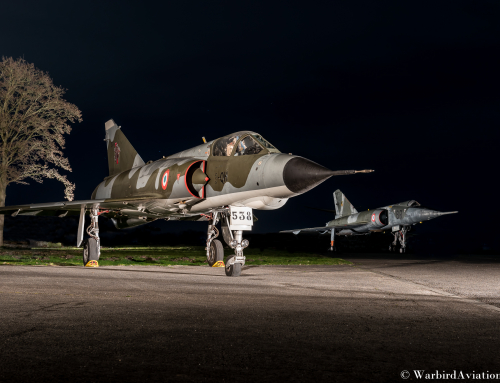
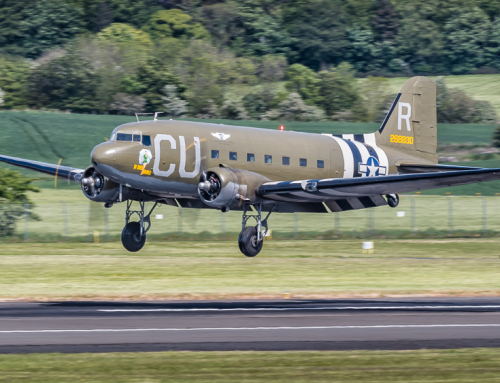
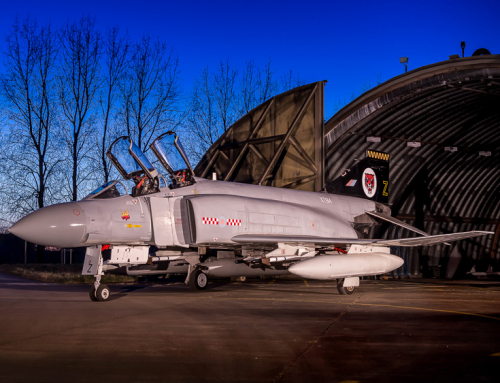
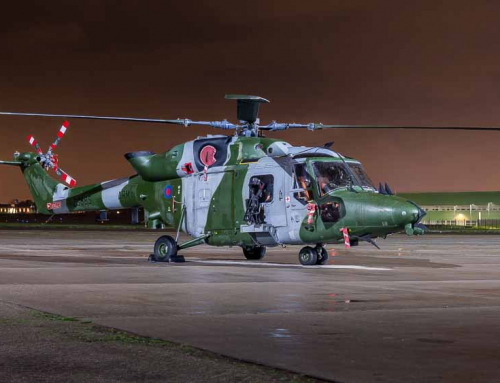
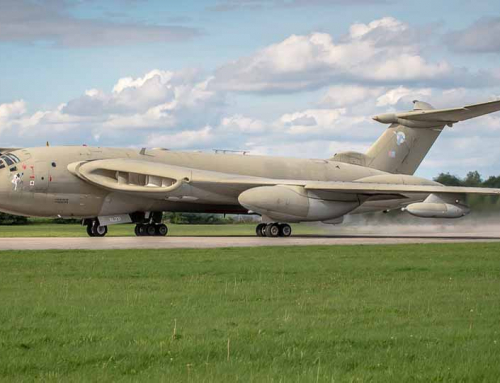
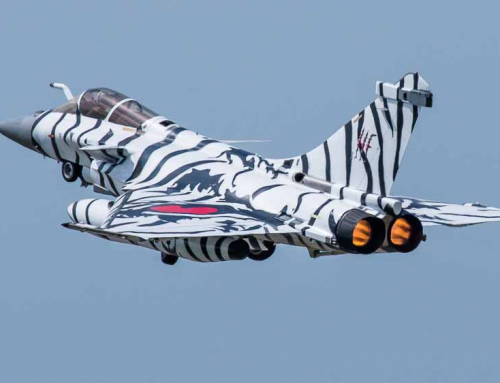
Feel free to add a comment